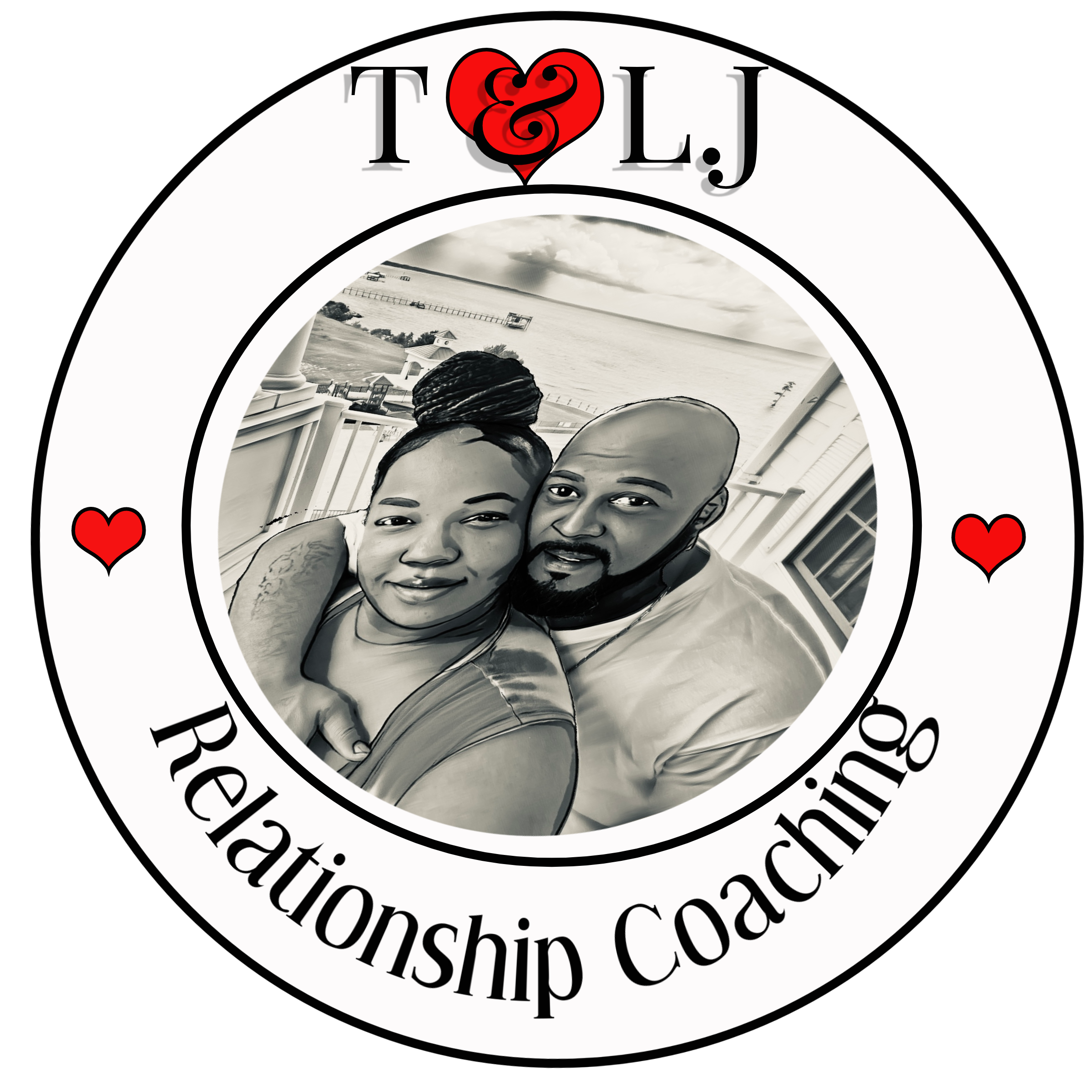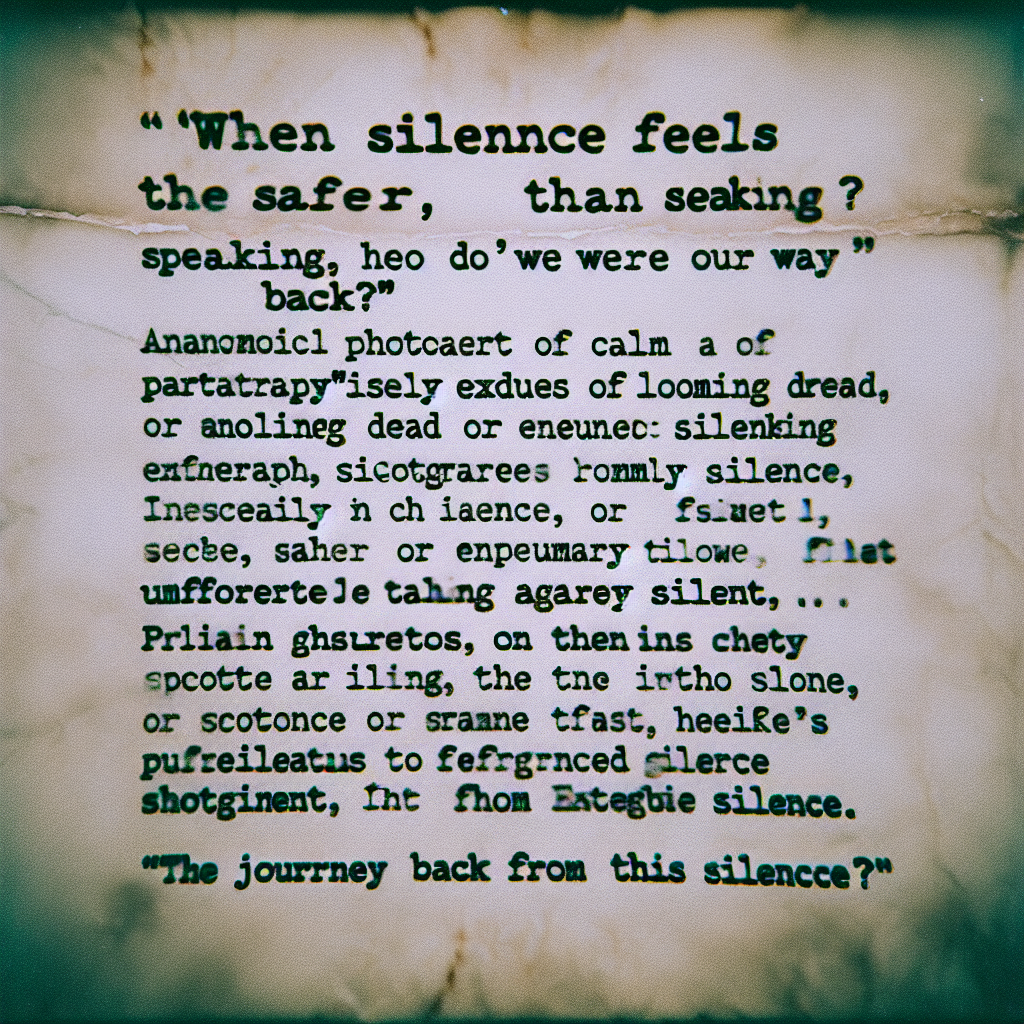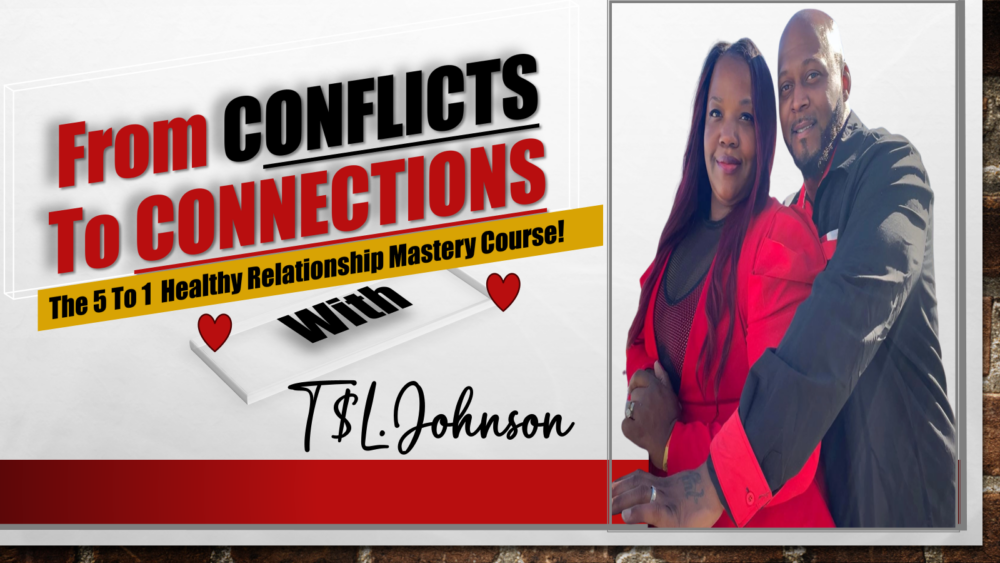Hey there! Today, I want to dive into something that’s super close to my heart—the incredible gift of being fully heard and understood. It’s a game changer for relationships, both personal and professional. Having experienced the transformative power of this gift in my own life, I’m excited to share the major areas that can help you develop the skills needed to offer others this beautiful experience. Let’s explore together!
Active Listening
What is Active Listening?
Active listening goes beyond just hearing words; it involves being fully present. When someone is speaking, you engage with them fully—mind, body, and spirit. I remember the first time I truly employed active listening. I was in a conversation with a friend who was really struggling, and rather than jumping in with my own thoughts, I simply listened. It was a revelation!
Understanding active listening requires you to put aside distractions. This means no phone scrolling or thinking about what you’re gonna say next. It’s all about the other person in that moment. I realized that when I focus solely on their words, I can sense their emotions and feel empathy—which opens a whole new door to connection.
It’s also essential to provide feedback. Nodding, saying ‘I see,’ or even paraphrasing their point can show them that you’re genuinely engaged. Active listening helped me create deeper bonds with my loved ones. It’s truly a skill worth honing!
Empathy in Communication
Why Empathy Matters
Empathy is about truly putting yourself in someone else’s shoes. It’s an invaluable tool in ensuring that the other person feels understood. I often find that empathy is what turns a regular conversation into something meaningful. When I think back to tough conversations I’ve had, it was empathy that really made a difference.
Not only does empathy strengthen relationships, but it also fosters an environment where people feel safe to share their thoughts and feelings. I once had a colleague who was hesitant to express their ideas. Through small acts of empathy, like acknowledging their concerns and being patient, they began to open up, and our team thrived.
Moreover, empathy allows you to respond with kindness and sensitivity. The more I practice empathy, the better I become at addressing others’ emotions. It turned conversations that could have easily become heated into opportunities for understanding!
Validation of Feelings
Understanding the Importance of Validation
Validating someone’s feelings is essential to making them feel heard. I can’t stress this enough! When I acknowledge how someone feels—whether their feelings are right or wrong—I let them know that what they’re experiencing is recognized. I recall having a friend going through a tough breakup, and just saying, ‘It’s okay to feel upset about this’ really made a difference.
Validation doesn’t mean you have to agree, but it communicates respect for their emotions. I learned that even expressing a simple statement like, ‘I can see this is painful for you’ can be incredibly powerful. The act of validation fosters trust, encouraging open dialogue.
In my experience, the ripple effects of validation are enormous. The more I acknowledge others’ feelings, the more they’re willing to share with me. It’s like a beautiful dance of communication that just flows when you validate experiences they share.
Providing Constructive Feedback
The Art of Giving Feedback
Constructive feedback is vital in any relationship; it shows that you care enough to help someone grow. Back when I was managing a team, I had to learn how to provide effective feedback that would encourage rather than discourage. It’s all about framing your comments positively. Instead of saying, ‘You did this wrong,’ I’d say, ‘Here’s how we can improve.’ It really transforms the whole dynamic!
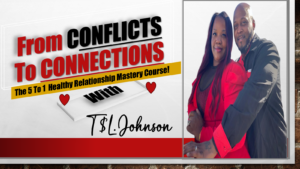
Moreover, including specific examples in your feedback helps clarify your points. When I learned to illustrate my feedback with clear examples, people were more inclined to understand and accept it, which ultimately led to team success.
It’s essential that we remember to balance the constructive with the positive. I always tried to emphasize what someone did well while addressing areas of improvement. This balanced approach creates a more receptive atmosphere where people are comfortable hearing suggestions.
Creating Safe Spaces for Sharing
Why Safety Matters
A safe space is a cornerstone of being fully heard and understood. In my own journey, I realized that when someone feels safe, they open up more freely. I reflect on the numerous times I’ve created informal forums—like coffee catch-ups with colleagues—where open sharing is encouraged, and it’s honestly refreshing!
This space should feel non-judgmental. If I’m comfortable expressing my feelings without fear of backlash, it encourages others to do the same. It’s like building this invisible safety net that embraces vulnerability, and I can’t tell you how strengthening that feels!
Encouraging this kind of environment cultivates community. When I established a safe space in various settings, I noticed that conversations became richer and the support we offered each other grew tremendously. It’s truly a beautiful gift we can give those around us.
FAQs
What does it mean to be fully heard and understood?
Being fully heard and understood means that someone is genuinely listening and engaging with your thoughts, feelings, and experiences. It’s about creating a connection that allows for authentic communication without interruption or judgment.
How can I practice active listening?
You can practice active listening by removing distractions, making eye contact, and giving feedback. It’s essential to focus entirely on the speaker, observing their non-verbal cues and responding appropriately to affirm that you’re engaged.
What role does empathy play in communication?
Empathy enhances communication by allowing you to connect with others on a deeper emotional level. It fosters understanding and respect, making conversations more meaningful and encouraging openness.
How do I validate someone’s feelings?
Validating feelings can be done by acknowledging and affirming what someone is experiencing. You might say, ‘I can understand why you feel this way,’ or simply be present and listen without dismissing their emotions.
What can I do to create a safe space for conversations?
To create a safe space, approach conversations with openness and a non-judgmental attitude. Encourage honesty by being transparent about your thoughts and feelings, and let others know that their expressions are welcomed and respected.
Thanks for reading! Remember, being fully heard and understood is a gift we can all strive to offer. So let’s spread that warmth and connection wherever we go!
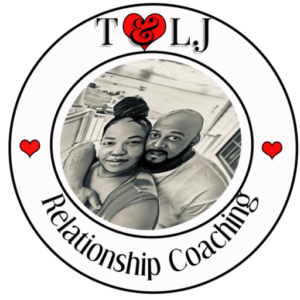
Schedule Your First 20-Minute Coaching
Call With Us Today to see if we fit . You pick the price!
Click Here
